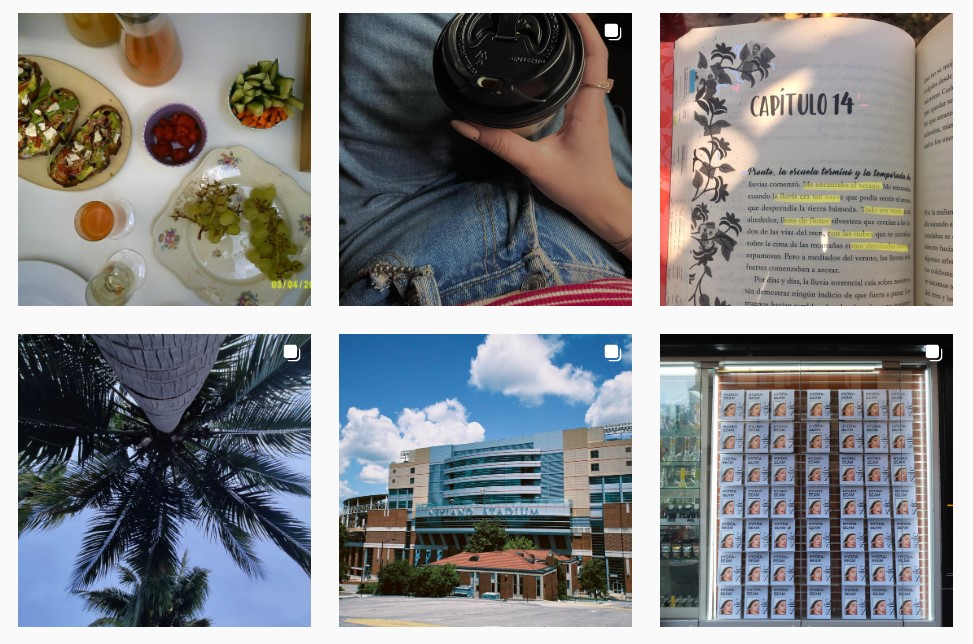A brief history of the emergence and impact of “Make Instagram Casual Again”

No matter what effort social media users employ to “make Instagram casual again” — whether that be posting blurry mirror selfies, curating photo dumps or depicting the mundane — Instagram will remain an unattainable idealization of life.
The revolt against Instagram influencer culture began in 2020, when scrolling through lavish yachts and models posed over designer bags was no longer a virtual lifestyle we escaped to, but one we knew we’d never have.
In the midst of a global lockdown, the majority of social media users were trapped on their couches, yearning for something to relate to. As the reality of pandemic life arose, gone were the days when jet-setting Instagrammers were praised for vacations to Monaco. Rather, social media users desired relatability; they wanted to curb the feelings of isolation provoked by COVID-19.
This is arguably where the notion of casual Instagram emerged. As social media users found themselves isolated from photoshoot-worthy backdrops and story highlights, they began depicting everyday life. Suddenly, Instagram feeds were filled with ordinary people photographing half-eaten lunches, selfies in bed, and a virtual lifestyle that focussed on the ‘little things’ instead.
As refreshing as these posts seemed at the time — and still, today — casual Instagram is a deliberate aesthetic in and of itself. By presenting a never-ending rotation of unplanned, unedited photos, influencers feign a life of coincidental perfection. Tara Marzuki, a digital influencer who documents her life via Instagram, admitted to its performativity, saying to the Stylist, “there is thought to [casual Instagram] … It is not effortless because you have to get the right balance between candidness and looking pleasing.”
Today, in the absence of lockdown and travel restrictions, casual Instagram is more performative than ever. Now that they can leave the house, influencers and social media users are free to show off their expensive lunches, designer outfits, and downtown outings in carefully curated carousel posts (a.k.a. photo dumps). Unlike before, this type of posting is acceptable because it seems to present an unfiltered reality of life, thus deeming it authentic and relatable.
This feigned authenticity is exactly what makes casual Instagram more dangerous than its predecessor. The meticulously curated feeds of 2010s era Instagram were painfully and undeniably unrelatable — but at least they didn’t pretend to be otherwise. The constant rotation of ring-lit selfies and documented ventures to “Instagram-worthy” locations were so obviously performative that they became accepted as such.
Today, rather than pose in a fabricated life of luxury, influencers avoid posing to reflect a life of luxury. In this version of life, designer outfits are shown off in last-minute mirror selfies and freshly manicured nails are spread clumsily across blurry-faced backdrops. Luxury items are juxtaposed with a sense of nonchalance, implying that private limousine rides, eight dollar lattes, and designer shopping sprees are simple, casual, and attainable. This, in turn, normalizes a life of expensive flower bouquets, perfectly-timed candid moments, and blurry night club photos, all of which appear consistently across countless Instagram feeds. It’s obvious that users of the platform have embraced this new language of posting — but to what avail?
Despite being deemed “the antithesis to aesthetic influencer culture” by Dazed Magazine, casual Instagram is anything but. As long as Instagrammers document the so-called uncurated moments of life through curated photo dumps and sought-out candid photos, Instagram will remain an unattainable idealization of life.








